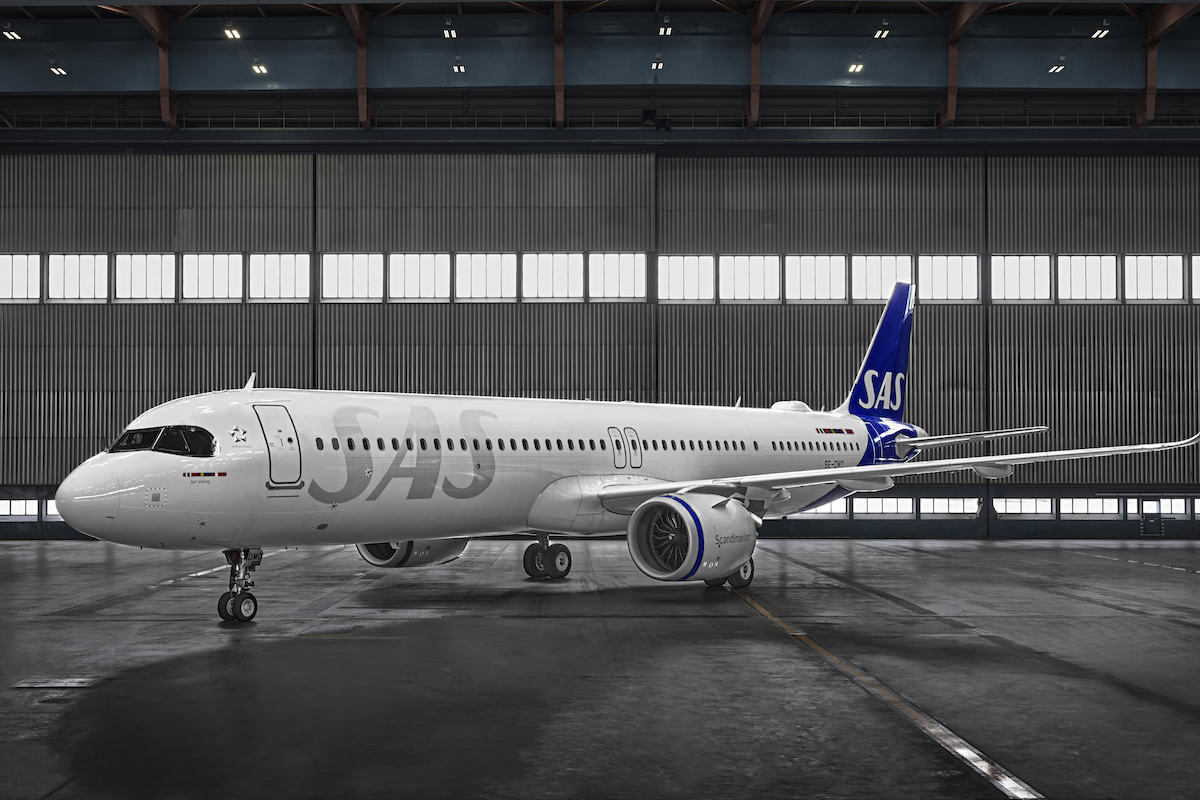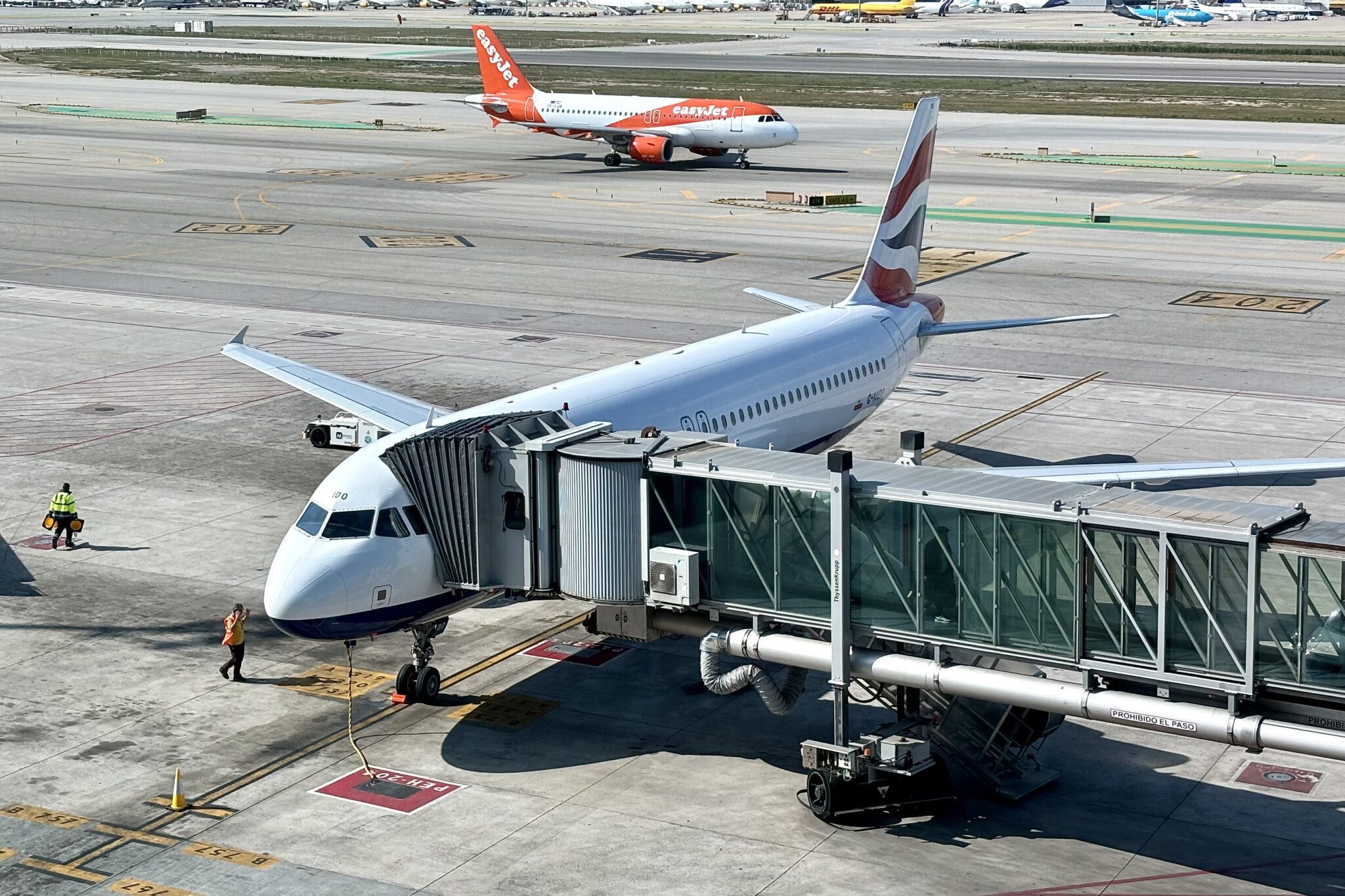Scandinavian Airlines will nearly double its Covid cost-cutting program as it adjusts to what CEO Anko van der Werff said is a “changed market” coming out of the crisis.
SAS plans to slash annual expenses by 7.5 billion Swedish kroner ($806 million) over the next five years under a plan dubbed “SAS Forward,” van der Werff said during the airlines results call for the quarter ending in January — the first of its 2022 fiscal year — on Monday. The plan includes 4 billion Swedish kroner in previously planned coronavirus-related cuts, plus an additional 3.5 billion in Swedish kroner that will come from across the company.
“We find ourselves in a changed market … We are really in need to look forward and chart a new course for that future,” he said.
SAS faces new and more nimble competitors that range from Finnair in Stockholm to startup Flyr in Norway, and the restructured Norwegian Air. In addition, the legacy carrier forecasts a permanent change in the mix of business and leisure travelers aboard its planes, with the former group shrinking by 5-10 percentage points and the latter making up 75-80 percent of its passengers going forward.
Lower-cost competitors and more leisure travelers — who tend to spend less — mean SAS needs to “fundamentally” change its cost structure, van der Werff put it Monday. The airline has long struggled with high costs. This is understood to be, at least in part, the rationale behind hiring van der Werff as CEO last June. He joined the Scandinavian airline from Avianca, where he kicked off what was ultimately a successful restructuring and cost-cutting program. The process at the Colombian carrier wrapped up in December when it exited the U.S. Chapter 11 bankruptcy process.
And SAS is not alone. Around the world airlines have slashed fixed costs during the pandemic both in and out of court. In addition to Avianca, Philippine Airlines restructured under Chapter 11 in the U.S., and Aeromexico and Latam Airlines Group are still going through the process; and Virgin Australia went through voluntary administration. These efforts came as carriers sought to save themselves from becoming casualties of the Covid-19 crisis.
Analysts were skeptical of SAS’ Forward plan. Jacob Pedersen, an analyst at Sydbank, described it as “ranging from ambitious to maybe not that ambitious” citing the five-year timeframe. And others repeatedly questioned van der Werff and other executives about labor’s support for the program.
“This plan is designed, so that people understand that this really is the best alternative, and that the alternative price would be worse,” van der Werff said in response to questions on the labor reaction to his plan. SAS faced what was deemed an illegal strike by baggage handlers in Copenhagen earlier in February, and labor relations remain tense.
While labor savings were a big part of SAS’ initial cost cutting program, executives emphasized non-labor focused cuts as part of the additional 3.5 billion Swedish kroner in savings. These include additional fleet streamlining and increased aircraft utilization; broad adoption of new technologies; and the restructuring of its network into three separate operating units — SAS mainline, SAS Connect, and SAS Link — that will all operate under a unified SAS brand.
On the fleet side, SAS will continue with the transformation already underway. This includes taking delivery of 20 aircraft this year including new Airbus A320neo family jets, and six used Embraer E195s for its new Link subsidiary, while also retiring Boeing 737s and older A320 family aircraft. SAS Chief Financial Officer Magnus Örnberg noted that the group estimates it needs fewer widebodies and suggested that it could remove some of the 14 Airbus A330s or A350s that it flew at the end of January.
Fleet changes will coincide with network adjustments. SAS will fly to more destinations in southern Europe this summer than it ever has before, said van der Werff. It will open a new base in Bergen for SAS Link this year, and plans for additional new bases across Scandinavia that will “strengthen our relevance in Scandinavia.” Long-haul flying to Asia may be cut as the airline adjusts its network.
SAS served Beijing, Hong Kong, Shanghai, and Tokyo in Asia prior to the pandemic, according to Cirium schedules.
More immediately, SAS is optimistic for the upcoming summer travel season. The airline expects a “very healthy summer,” said van der Werff, though he noted that they remain “very cautious” amid the unpredictability of the Covid-19 virus. Omicron hit the airlines first quarter hard, which he described as a “tale of two cities,” indicating there were two very different halves to the three-month period.
SAS lost 2.4 billion Swedish kroner during the quarter ending in January. Revenues were 5.5 billion Swedish kroner; more than double a year ago but down 43 percent compared to the quarter ending January 2020. Expenses were down 23 percent year-over-two-years to 6.9 billion Swedish kroner.





